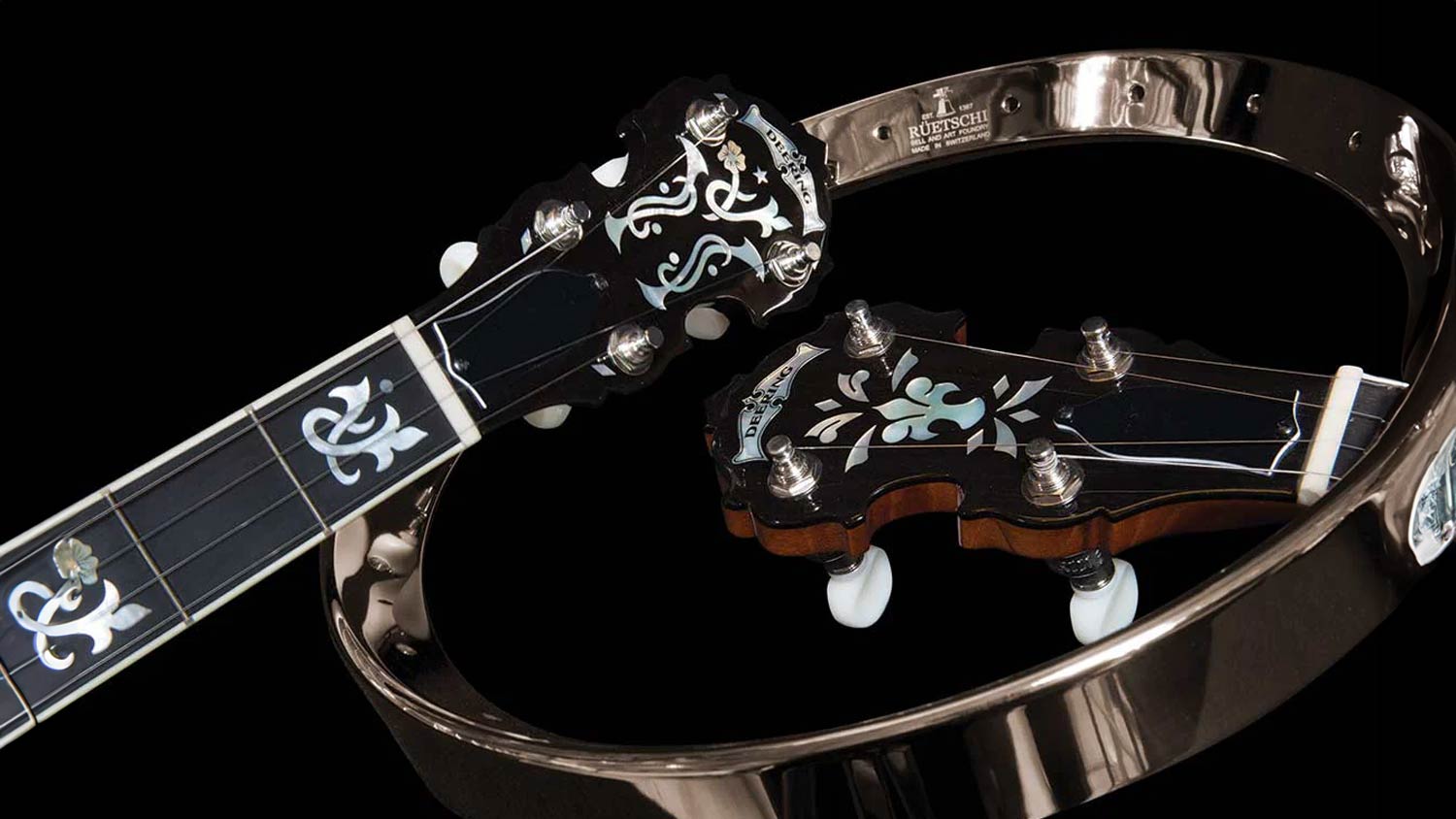Discover the Versatile Tenor Banjo: A 4-String Powerhouse
Often misunderstood but incredibly versatile, the tenor banjo is a unique 4-string instrument with a shorter neck than its 5-string counterparts. It typically comes in two scale types: 17-fret and 19-fret models. While its name might suggest a lower pitch, like a tenor vocalist or saxophone, the "tenor" in its name actually a bit of a mystery. Many believe one story that makes sense, though unconfirmed, is that it perhaps stems from its use during the early 20th-century American tango craze, where it was sometimes called a "tango banjo." Over time, "tango" may have simply morphed into "tenor."
Why Tenor Banjos Appeal to String Players
One of the most compelling aspects of the tenor banjo, especially for those who already play other stringed instruments, is its traditional tuning in perfect fifths. This is the same interval tuning used by the orchestral string family—violins, violas, and cellos (excluding the bass)—as well as the mandolin family, which includes the mandolin, mandola, and mandocello. If you're proficient on any of these instruments, you'll find picking up a tenor banjo remarkably intuitive, allowing you to start playing almost immediately!
Traditional Tunings and Their Uses
Tenor banjos are primarily used in traditional jazz and Irish music, and are typically played with a flat pick. In traditional jazz, you'll often find players strumming chords, while in Irish music, the focus is usually on single-note melodies.
There are two main traditional tunings, both utilizing fifths:
Standard Tenor Tuning - C, G, D, A - same as viola and cello (cello is an octave lower). Get strings for standard tenor tuning here!
Irish Tenor Tuning - G, D, A, E - same as mandolin and violin! Get strings for Irish tenor tuning here!
Chicago Tuning: A Guitarist's Gateway
For guitar players, there's a popular third tuning option called Chicago tuning (D-G-B-E). This tuning mimics the first four strings of a guitar, making it incredibly accessible for guitarists to transition to the tenor banjo and start playing without a steep learning curve.
The Benefits of Fifth-Based Tuning
When tuned in fifths, the tenor banjo offers some distinct advantages:
-
Wider Chord Voicings: The notes of a chord are spread out more broadly in pitch. This allows each individual note to ring out clearly, producing a richer, "fatter" tone compared to chords with notes clustered closer together.
-
Symmetrical Playing: The tuning in fifths creates a beautiful symmetry across all strings, simplifying the playing of scales, licks, and arpeggios. This consistency makes it easier to navigate the fretboard.
Beyond Tradition: Expanding the Tenor Banjo's Horizons
As a traditional jazz player myself, I'm captivated by the percussive nature of the tenor banjo. When a drummer isn't present, the banjo truly becomes the rhythmic backbone of the band—after all, a banjo is essentially a drum with strings!
While its traditional roles in New Orleans jazz and Irish music are iconic, the tenor banjo's versatile tuning allows it to excel in many other styles. Since it shares tuning with so many other stringed instruments, its potential is vast. I've personally found it works wonderfully for blues, funk, R&B, calypso, Colombian cumbia, and more! Take a listen to some of the different styles I've used it for here!
Unleash Your Creativity
Ready to explore the possibilities? Pick up a tenor banjo, choose the tuning that best suits your musical goals, and let your creativity guide you to discover all the amazing music you can make!
















Can someone tell me what is a plectrum banjo and what does plectrum mean? Also, in the discussion of tenor banjos, where do Irish tenor banjos fit in the history?
What tuning do Mento players use?
The tenor banjo got its name from the fact that it is a tenor instrument, using (originally back in the early 1900’s) the tenor scale. Think, tenor saxophone (as opposed to a baritone sax or soprano sax). A tango banjo is a totally different animal, a short-scale instrument kind of like a mandolin with only four strings, designed to play melody in a banjo orchestra (where you could also find cello banjos and bass banjos!) BTW, I tune my tenor banjo like a 5 string w/o the 5th string — D-G-B-D. Works just jazzy fine!
It would be great if when you send out an ad it also included about 60 seconds or so of ‘real banjo music’ Live banjo is impossible to beat and makes the selling point. Jim.
Does the tenor name perhaps come from tenor guitars, or from other tenor instruments that play on the alto clef (tenor viol comes to mind)?
Leave a comment